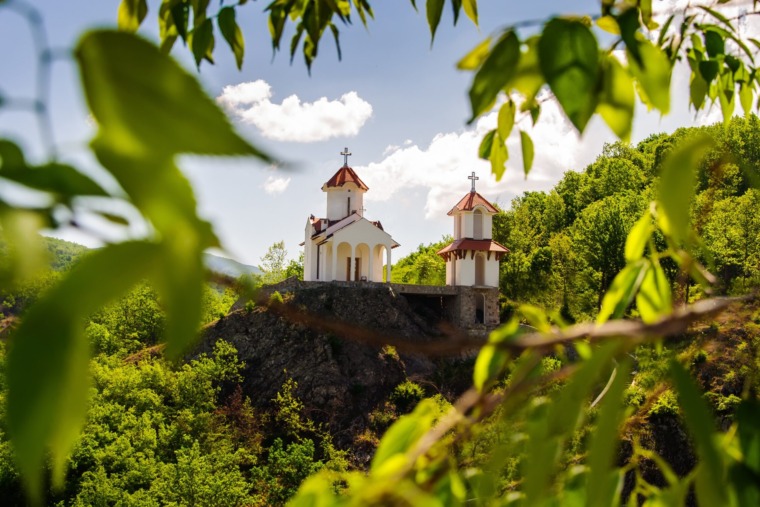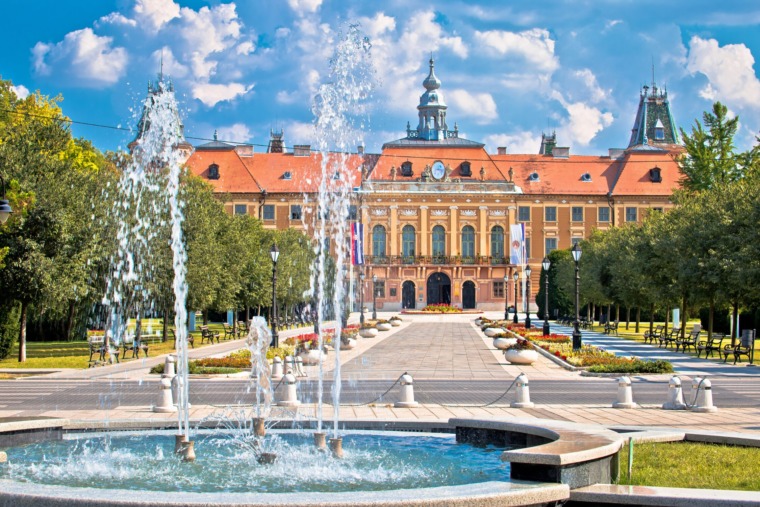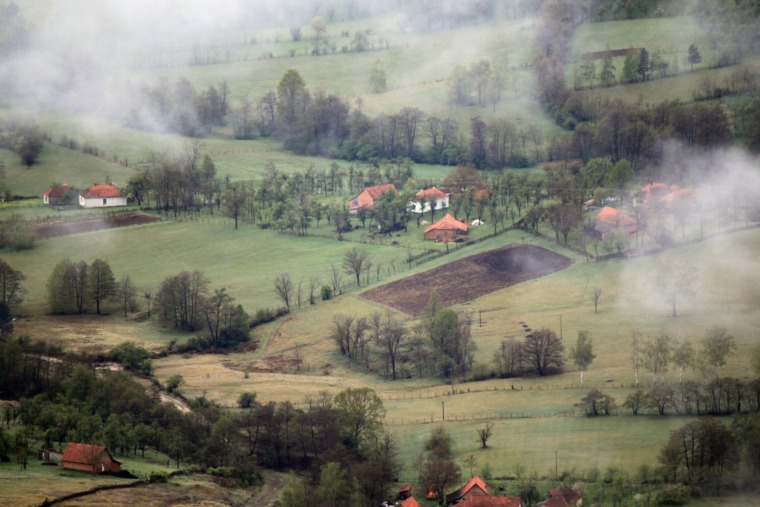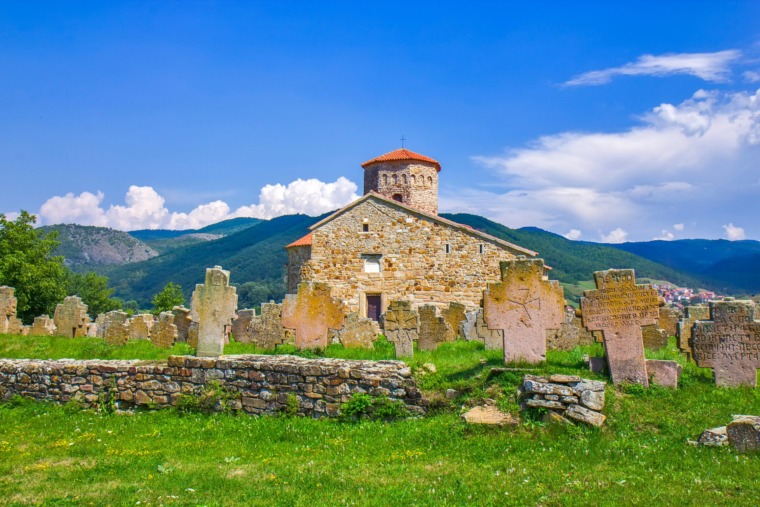
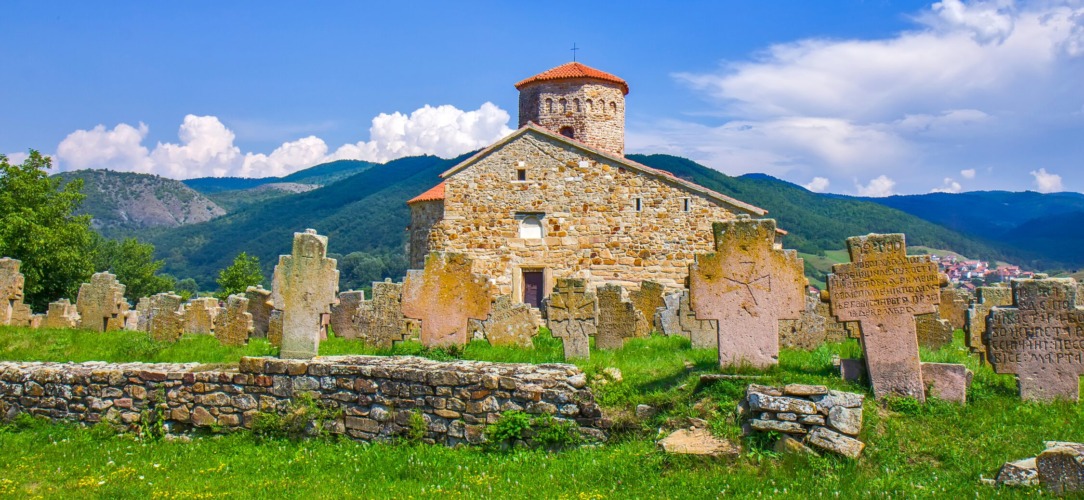
Perched on a hill above Novi Pazar, in the quiet landscape of Ras, stands one of the oldest and most sacred monuments in the Balkans — the Church of the Holy Apostles Peter and Paul, better known as Petrova Church. This modest yet powerful structure has witnessed centuries of faith, change, and the birth of the Serbian nation.
Layers of History Beneath the Stone
Petrova Church is not only the oldest preserved church in Serbia — it is a living archaeological record. Excavations have revealed traces of ancient settlements and sanctuaries dating back to the 7th and 6th centuries BC. Among the finds are Greek sculptures, black-figure pottery, gold and silver jewelry, masks, and Attic ceramics — all testifying to the area’s deep cultural roots. These treasures are now kept in the National Museum of Serbia in Belgrade.
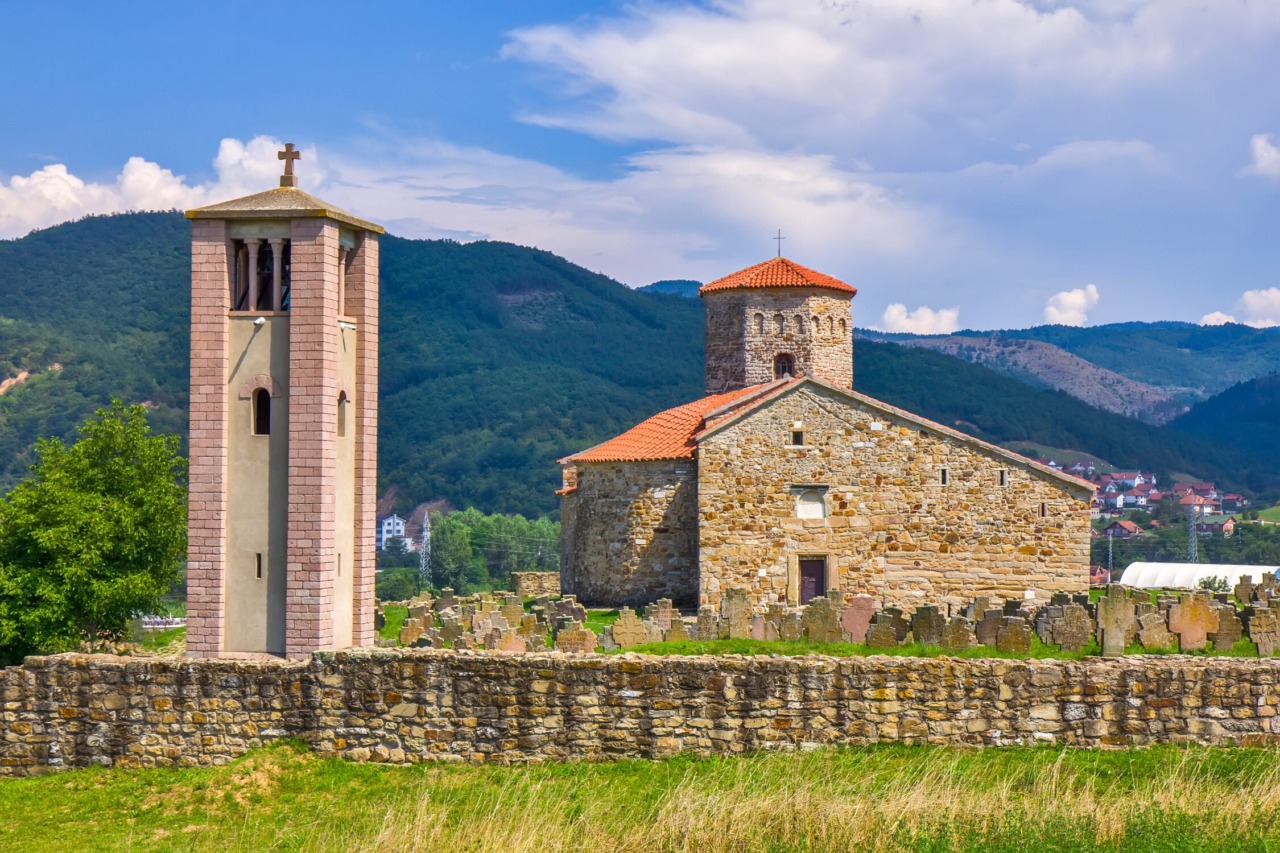
The first Christian church was built here in the 4th century, during the time of the Roman Empire. Its unique design — massive stone columns and an octagonal tower hiding an inner dome — reflects the early Christian mausoleum style that spread across the empire after Emperor Constantine. Few places in the Balkans can boast such an ancient architectural lineage.
The Spiritual Heart of Medieval Serbia
By the 9th century, Petrova Church had become the seat of the Serbian bishopric, known as the Eparchy of Ras. It was here that Stefan Nemanja, the great župan and founder of the Nemanjić dynasty, was baptized — a moment that symbolically marks the spiritual birth of the medieval Serbian state.
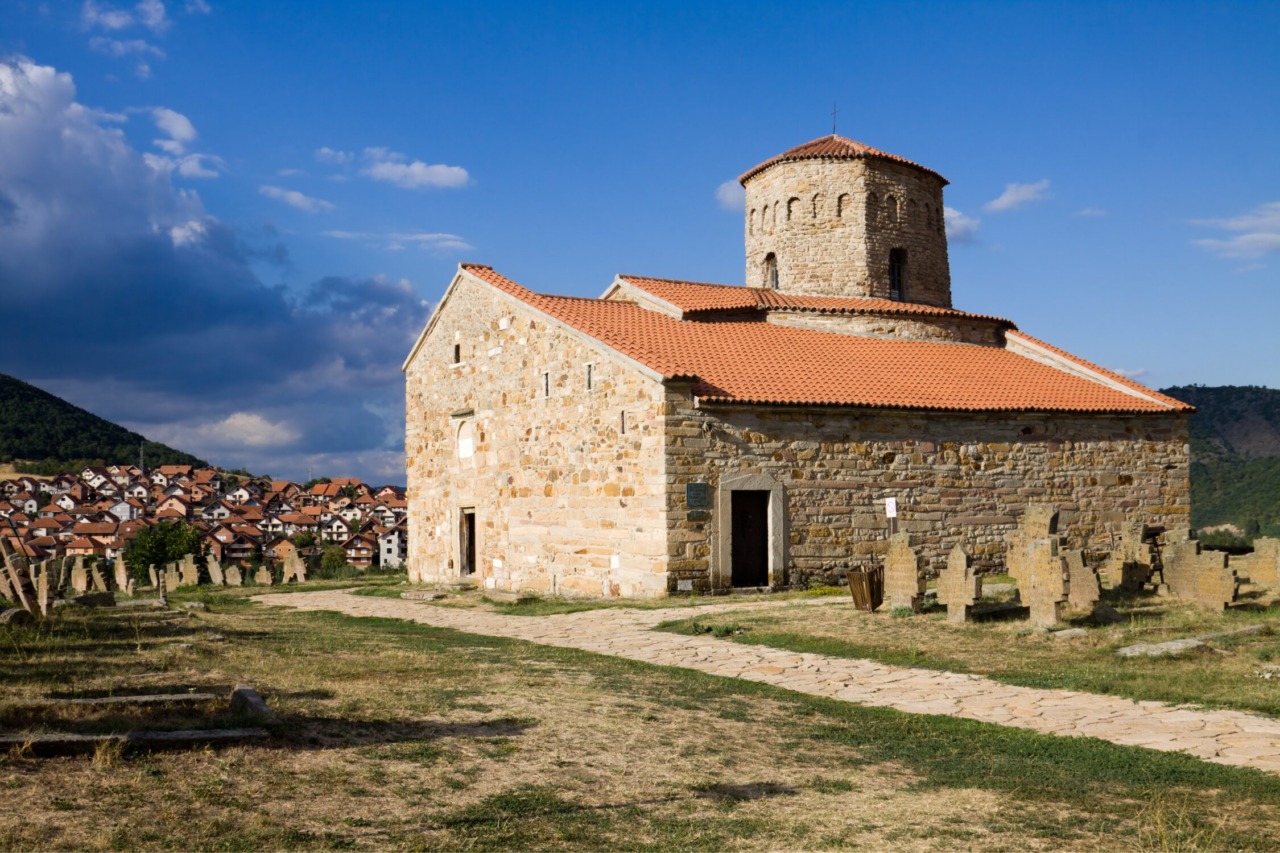
During the 12th century, the church served as a gathering place for state councils and crucial political decisions. In its shadow, rulers and monks debated the direction of a nation still finding its identity. Petrova Church, therefore, is not just a place of worship — it is the cradle of both Serbian spirituality and statehood.
A Simple Exterior, a Sacred Interior
From the outside, Petrova Church appears humble: a small stone structure with a subdued dome and narrow windows. Yet once inside, the atmosphere changes completely. The soft light that filters through the openings reveals remnants of frescoes dating back to the 10th and 13th centuries. One of the best-preserved depicts the Apostle Paul, painted with a solemn, wise expression — a reflection of the enduring faith that fills this space.

The interior feels timeless. Every wall, every stone, seems to carry a whisper from centuries past — of prayers, baptisms, and moments that shaped the destiny of a people.
Part of the UNESCO World Heritage
Today, Petrova Church is part of the UNESCO World Heritage Site “Stari Ras and Sopoćani”, which also includes the Sopoćani Monastery and the ruins of the medieval city of Ras. Together, they form a unique cultural ensemble that represents the origins of Serbian medieval art, spirituality, and nationhood.
What to See Nearby
A visit to Petrova Church can easily turn into a journey through centuries of history and nature. Highlights in the area include:
- Sopoćani Monastery – A 13th-century masterpiece of Serbian fresco painting, often described as one of the greatest achievements of Byzantine art.
- Stari Ras Fortress – The archaeological remains of the first Serbian capital, offering a panoramic view and a tangible connection to early statehood.
- Novi Pazar – A lively town where East meets West, known for its Ottoman bazaars, stone bridges, and delicious local cuisine.
- Pešter Plateau – A pristine highland area, perfect for exploring rural life, traditional sheep farms, and wide open landscapes.
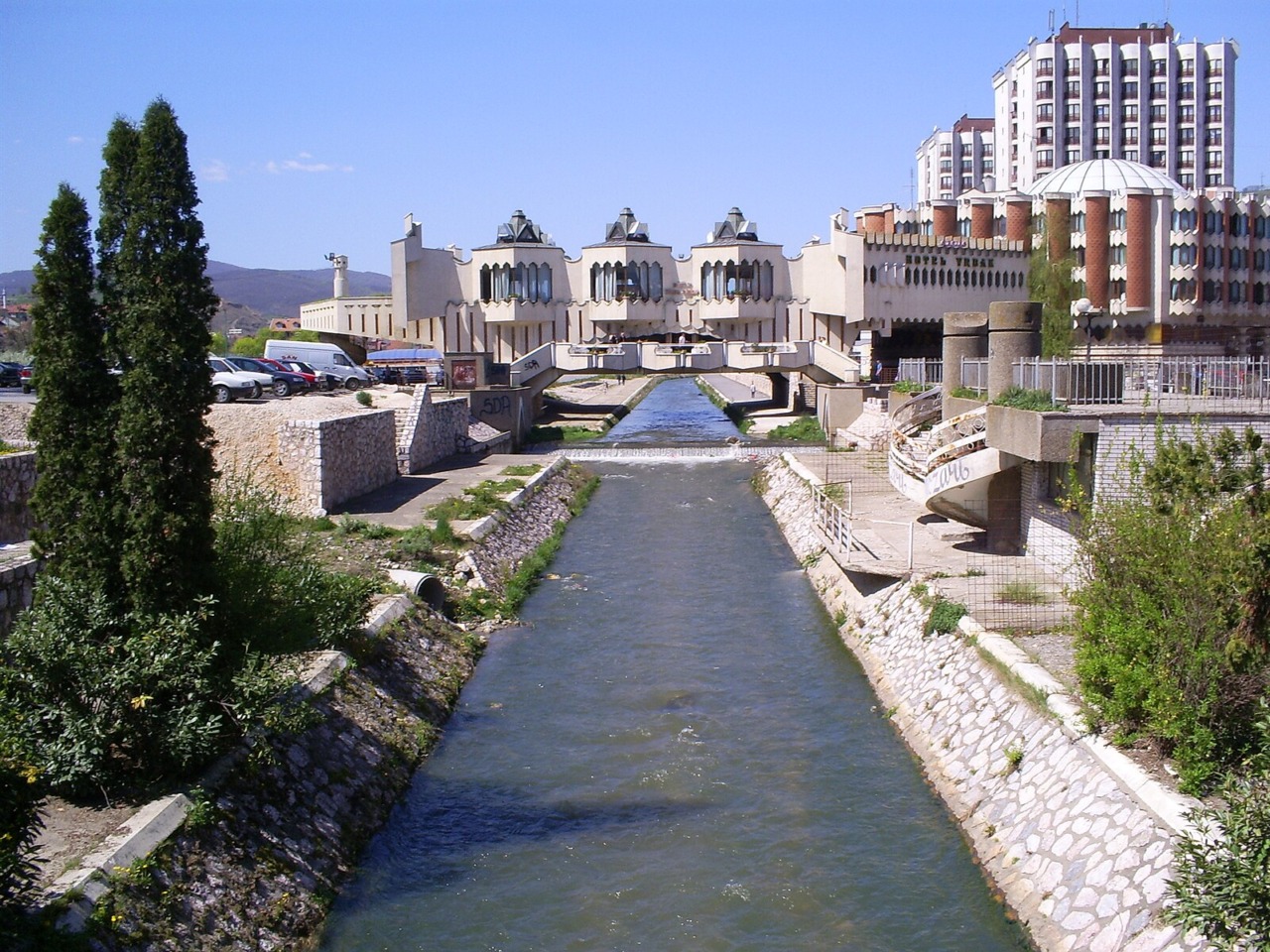
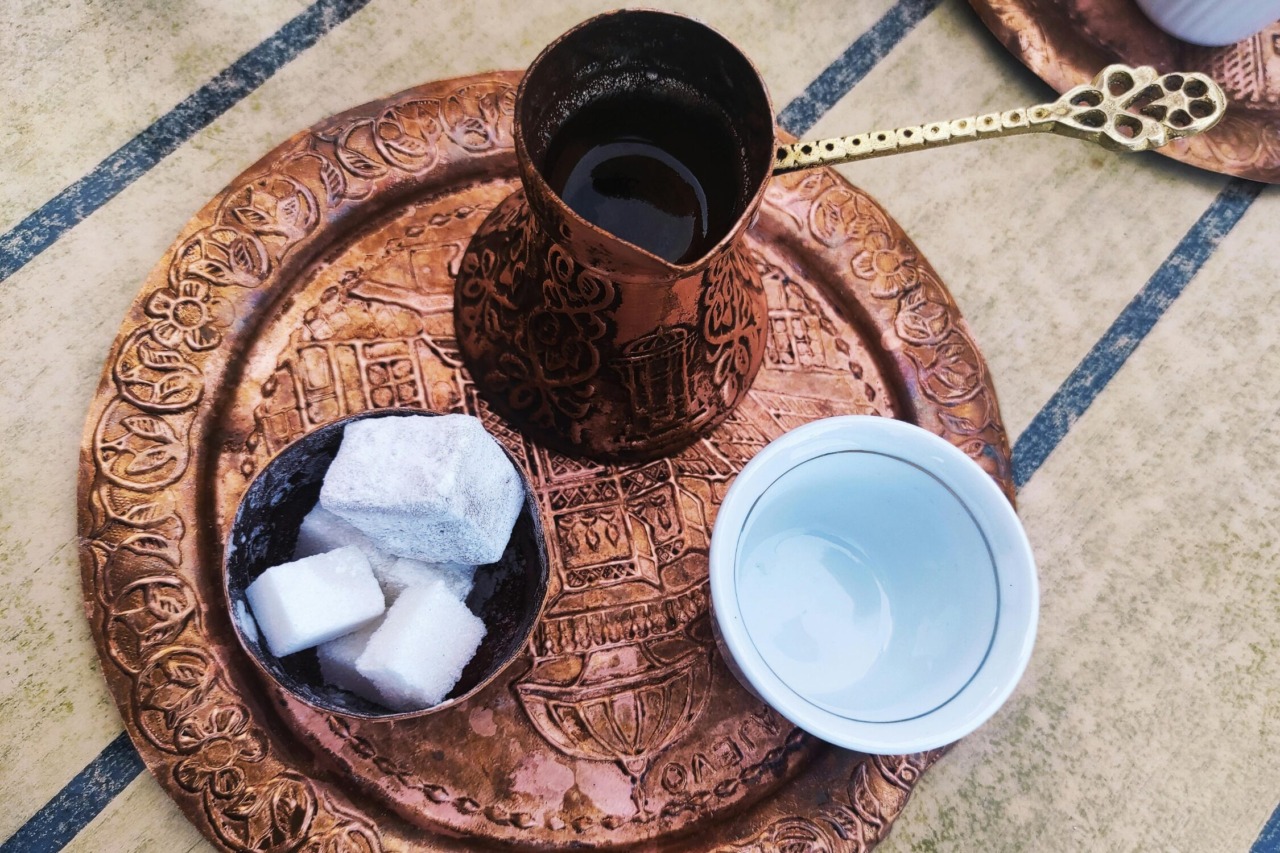

Why You Should Visit
Petrova Church is more than an architectural monument — it is a living link between eras, uniting ancient roots, Roman legacy, Christian faith, and medieval Serbian identity in one sacred place.
For travelers who wish to truly understand Serbia — not just its sights, but its soul — a visit to Petrova Church is essential. Here, history is not confined to museums; it breathes through the stones, the silence, and the timeless aura of faith.
Related Articles


Stitched with Love: The Story of Serbian Gobelins
November 4, 2025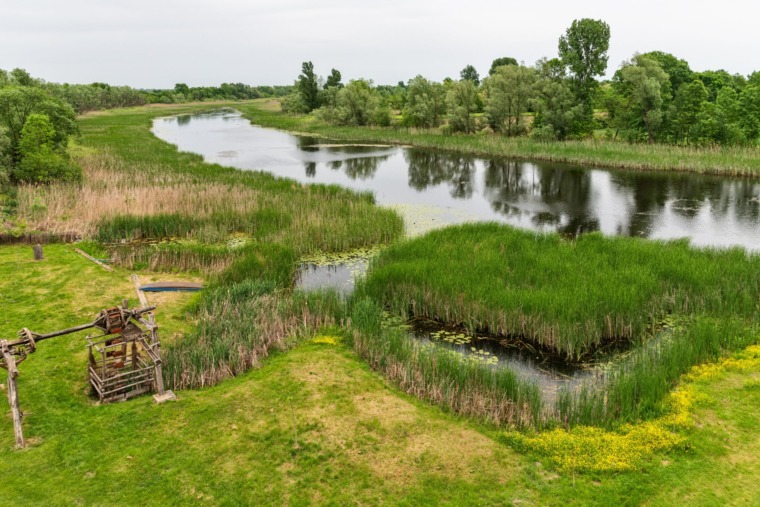
Zasavica: A Peaceful Nature Retreat by the River
November 1, 2025